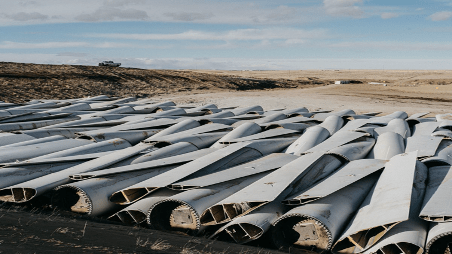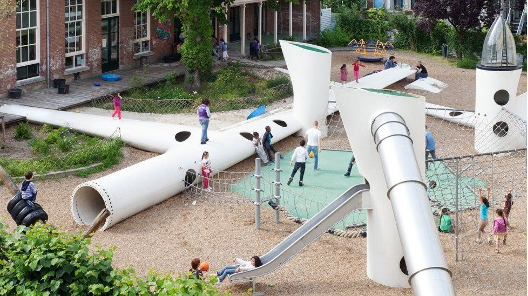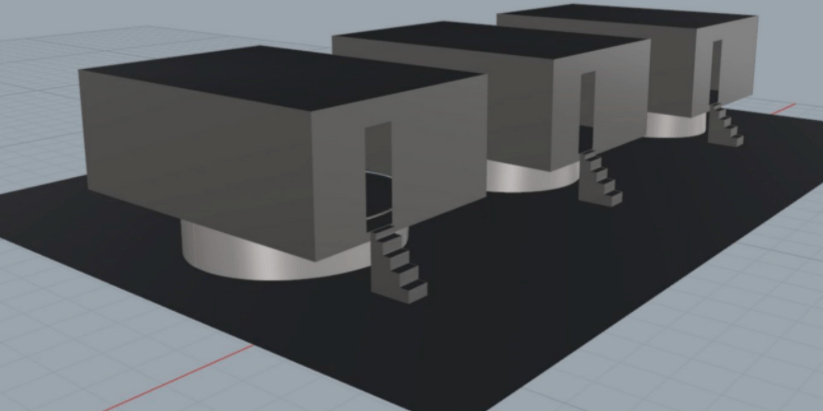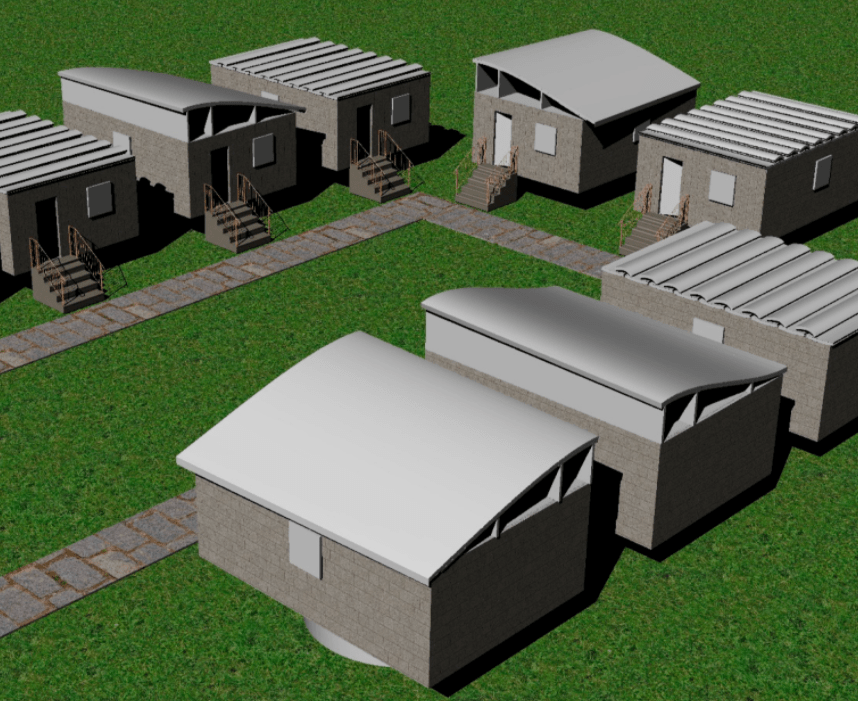Innovation in Renewables- Wind Turbine Decommissioning
Across Europe there are around 34,000 wind turbines that are approaching the end of their life cycle. This blog explores innovative methods of repurposing wind turbine blades before they reach landfill.
Innovation in Renewables- Wind Turbine Decommissioning
The Problem
The first wind turbine was produced in 1888 in Cleveland, Ohio by Charles F. Brush. Since wind energy technology has rapidly developed to the point where today, the worldwide wind energy capacity sits at around 744 Gigawatts sufficient enough to generate 7% of the world's electricity demand or about 224 million homes. Staggering right? Wind Turbines operate on the simple principle of using wind to generate electricity, propellers turn a blade around a rotor which spins a generator creating electricity. It may seem like wind turbines could generate electricity forever and solve all environmental challenges facing us today however, this is simply not the case.

Image 1: Turbine Blades at Landfill
Wind turbines unfortunately do not turn forever. The operational lifetime of an onshore wind turbine is about 20-25 years. Wind turbines blades wear over time, reducing their output. Over the next decade, a major trend on the rise will be ageing wind farms. In Europe, there are just over 34,000 wind turbines that are now 15 years or older, representing 36 GW of capacity. Most of the ageing capacity is in Germany, Spain, France and Italy. 35 GW are 20-24 years old and around 1 GW are 25 years or older. Wind turbines reach an End-of-Life (EOL) stage and a lot of uncertainty remains in how to deal with their non-biodegradable Fibre Reinforced Polymer (FRP) composite. This is a global problem and companies are looking for solutions. Wind Turbine Blades are built to withstand hurricane-force winds and the blades can’t be easily crushed, recycled or repurposed leaving behind an economic headache for top energy companies. Repurposing options could potentially delay large volumes of material entering unsustainable waste streams such as landfill or incineration and further contribute to the circular economy making them a suitable option. Thousands of wind turbine blades will be decommissioned within the next decade with nowhere to go but the landfill without any decommissioning strategy. So what’s being done so far to deal with this problem? What innovative ideas have been thought of so far?
Solution
In Rotterdam, a 1,200 sq meter children’s playground called Wikado has been constructed it boasts a slide tower, tunnels, ramp and slides all made from 5 discarded wind turbine blades. The Netherlands have been paving the way for repurposing decommissioned blades with other playgrounds and outdoor seating being constructed in the city of Terneuzen and 2 bus stops have been constructed in Almere.

Image 2: Wikado Playpark
Research has begun into using reusing parts of wind turbine blades into new or retrofitted housing projects Lawrence C. Bank’s project focussed on large-sized FRP pieces that can be salvaged from the turbine blades and can potentially be useful in infrastructure projects where harsh environmental conditions (water and high humidity) exist. One method could be building raised housing in flood-prone areas, another use could be to use the blades as roofing on housing. The robust material is both waterproof and sturdy making it ideal for cutting down housing development costs.

Image 3: Elevated House Using Turbine Blades
 Image 4: Housing Development using Wind Turbine Blades
Image 4: Housing Development using Wind Turbine Blades
Locally in Ireland there is estimated to be approximately 53,000 tonnes of composite wind farm material that will reach the EOL stage by 2040 (Source). this opens the door for new innovative ideas, If you can think of any innovative ideas on how to tackle this problem contact gettheedge@serc.ac.uk as we'd love to hear them.
Share This:
